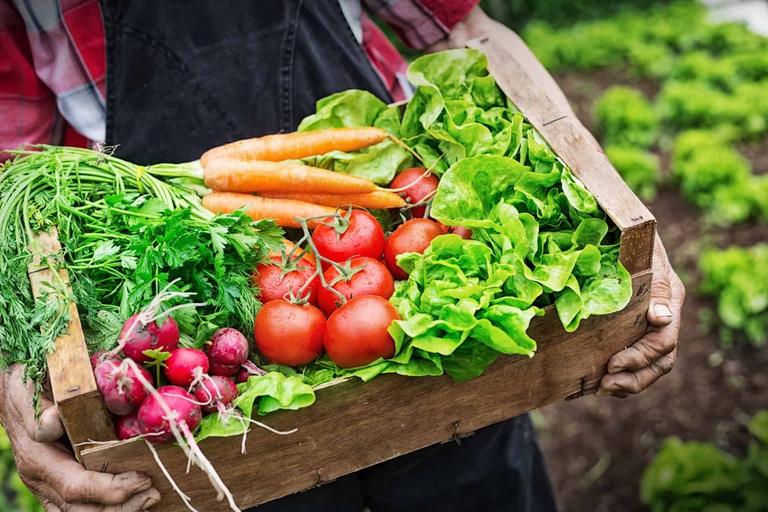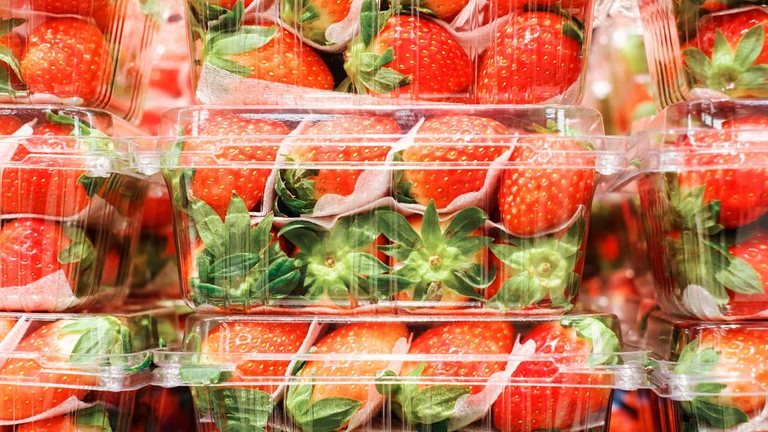https://www.lifegate.it/impatto-ambientale-dieta
- |
- Choosing local foods is a good sustainability practice, but it is not enough to reduce the carbon footprint of your diet.
- In fact, transport would have a small percentage of the total emissions from food systems.
- It is the production of meat from intensive farming, however, that generates the majority of greenhouse gases among foods.
“Do you want to reduce the carbon footprint of your diet?Focus on what you eat, not whether the food is local”:the title of this article written a few years ago by Hannah Ritchie, researcher at the University of Oxford, on the statistics website One world in date, is curious to say the least.The author questions how much to eat locally sourced products – a common recommendation on sustainability – indeed effective in terms of impact, or whether it is more relevant, instead, the choice of what to eat.

“Although eating local may make sense because transport causes emissions, this advice is misleading – writes Ritchie – This action would only have a significant impact if transport was responsible for a large share of the final carbon footprint of food, but for most foods, this is not the case." Since the greenhouse gas emissions arising from transport constitute a small percentage of all emissions from food, explains the author, what you eat is much more important than where the food comes from.
Environmental impact of the diet:greenhouse gas emissions from food
In support of this statement Ritchie reports the greenhouse gas emissions from 29 food products, from beef to nuts, and the source from which they are generated (land use change, transportation, packaging) drawing data from the largest meta-analysis of global food systems to date, published in Science by Joseph Poore and Thomas Nemecek (2018).

What emerges is that the beef generates far more greenhouse gas emissions than any other vegetable product, regardless of how many kilometers the vehicle has travelled:for comparison, produce one kilogram of beef emits 60 kilograms of CO2 equivalent greenhouse gas, while i peas emit only 1 kilogram of CO2 equivalent per kilo of product.
Food transport has a small impact on emissions (with the exception of air transport)
Most of the emissions originate from land use change, from the use of fertilizers, from the enteric fermentation of cattle, while for most food products, transport represents on average 6 percent of emissions. Therefore, the choice of what to eat weighs more on the environmental impact of one's diet prefer vegetables over meat, that the origin of the food.If the plants are also local, the footprint will be even more limited.
The impact of food transport is significant, however, when the means used isairplane, the author underlines in conclusion, but only a small part of the food is transported in this way because most of the products travel by ship.It is therefore best to avoid products transported by plane:they are recognized byindication on the label when present or by the fact that it is food very fresh, but coming from afar.

The question of “food miles”
A few years after this first article, Hannah Ritchie intervened again on the site to reiterate the concept on the occasion of the release of a study published in Nature Food which argued that emissions from food transportation were the 20 percent of the total of food system emissions and that eating local was important to reduce them.
In this case, however, the study included moles “food miles” – i.e. the kilometers traveled by food from the point of production to the point of consumption – also the emissions resulting from transport in upstream processes, such as the transport of fertilisers, pesticides, machinery, livestock and fuel.Considering, however, only the transport of food, i The study's results would not be that different from previous estimates.

“What is much more effective in reducing emissions is eating less meat, particularly beef and lamb.Reduce food waste.Improve crop yields and productivity to reduce land use and deforestation", Ritchie reiterates in conclusion.
